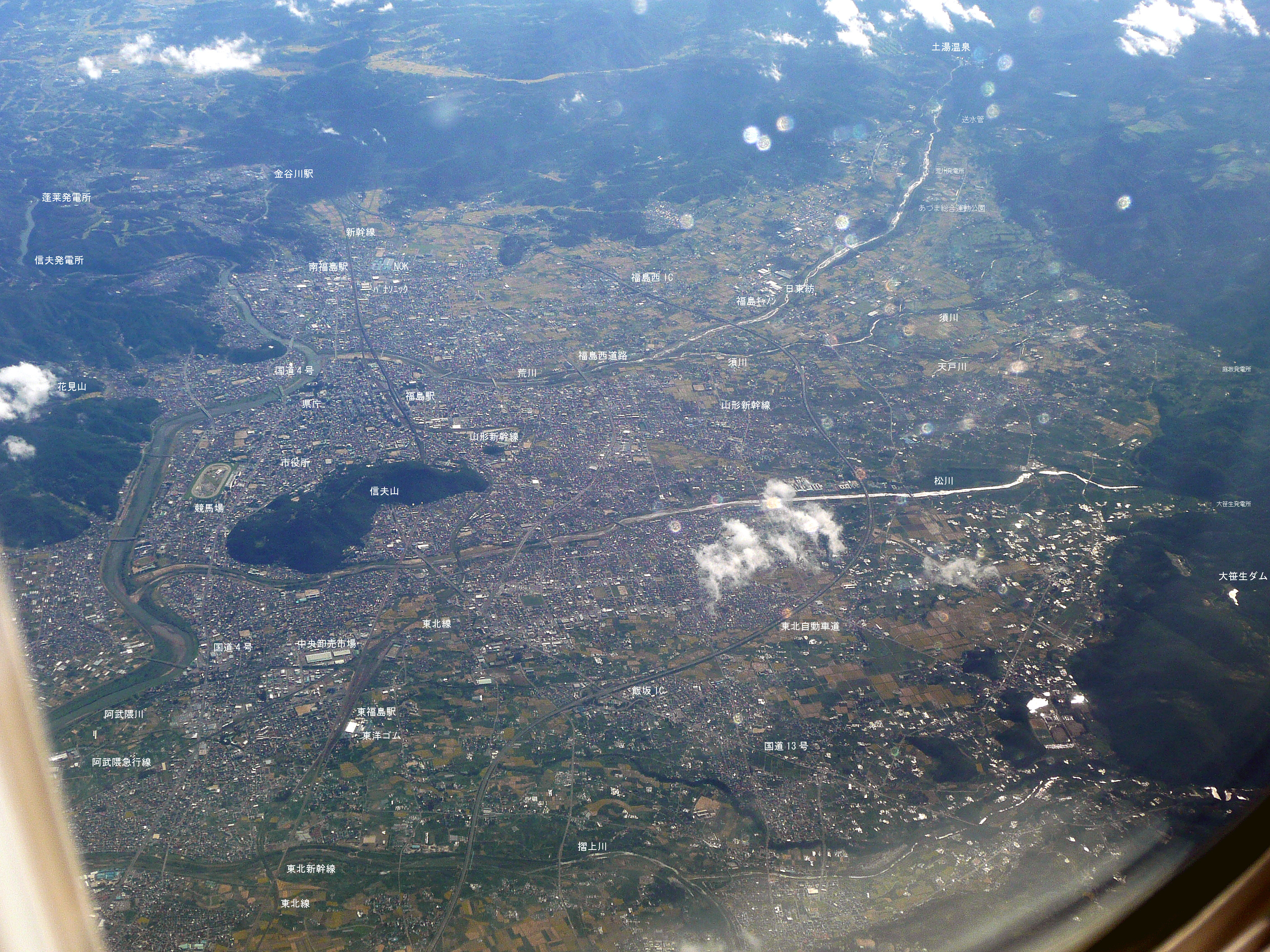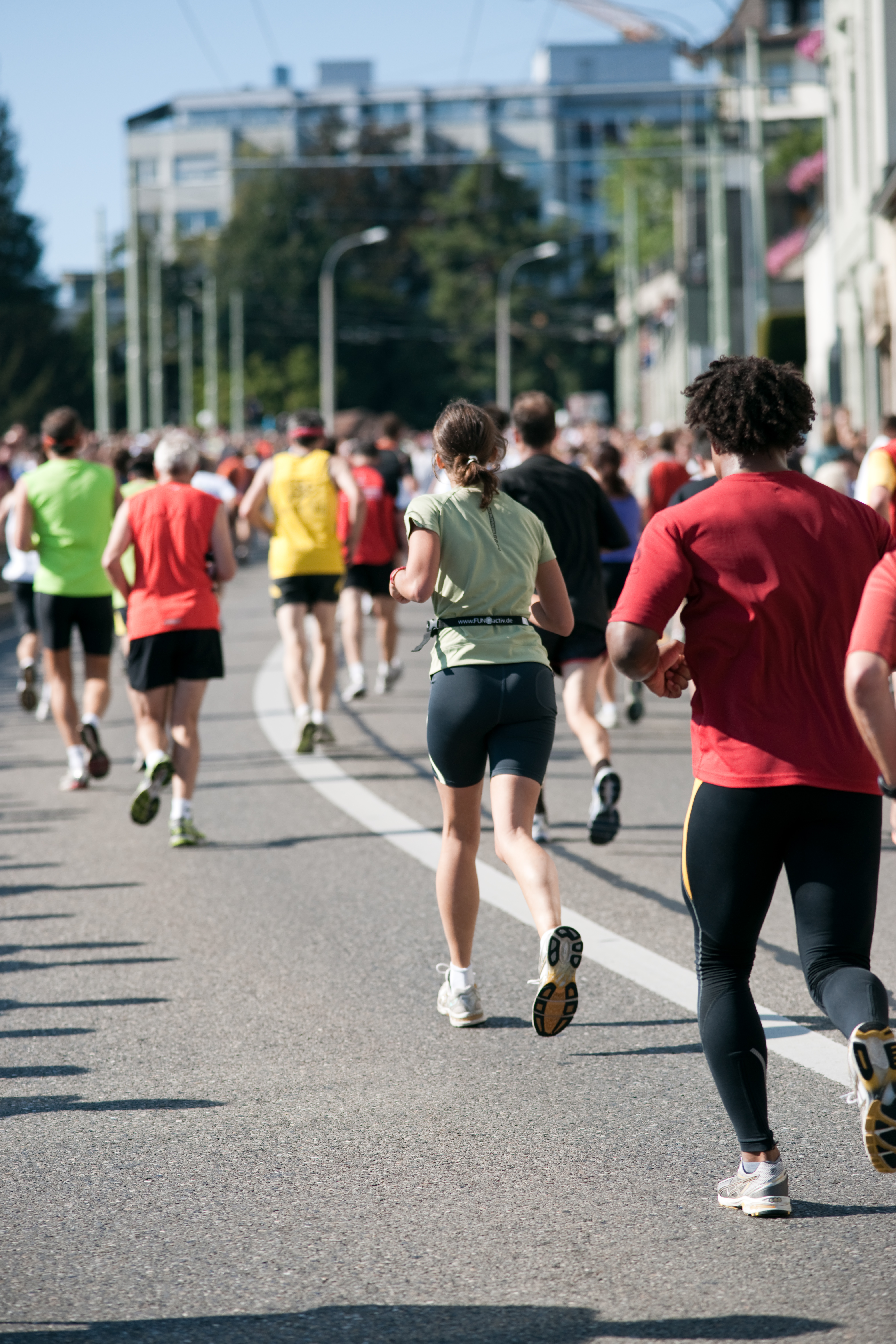|
Ekiden
is a long-distance running multi-stage relay race, mostly held on roads.Otake, Tomoko. ''One for All.'' Dec. 28, 200The Japan Times accessed Feb. 19, 2009. The original Japanese term had nothing to do with a sport or a competition, but it simply referred to the age old post-horse or stagecoach courier system which transmitted communication by stages, instead of one horse or a man covering the entire long distance. ''Eki'' means "station" and ''den'' translates as "to communicate, to convey", therefore Ekiden could be roughly translated as ''Station to station''. The original meaning of the word is reflected in its rule where each runner at the end of his or her run has to pass down his sash to the next runner. The first ever Ekiden as a sport was held in Japan in 1917 as a 3-day, 23-stage run from Kyoto to Tokyo over , to celebrate the 50th anniversary of Tokyo's establishment as the nation's capital (previously Kyoto was the imperial seat). Today Ekiden is a national spo ... [...More Info...] [...Related Items...] OR: [Wikipedia] [Google] [Baidu] |
Hakone Ekiden
, officially called the , is one of the most prominent university ''ekiden'' (relay marathon) races of the year held between Tokyo and Hakone in Japan on January 2 and 3. The race is telecast on Nippon Television. This two-day race from Ōtemachi to Hakone and back is separated into five legs on each day. Due to slight variations in the courses, the first day distance is 107.5 km while the distance on the second day is 109.6 km. Rules Five legs are provided between Tokyo and Hakone each way. Each runner runs one section, and alternates with the next runner at a station. Each team has ten runners, who each run with their team's sash which is handed over to the next runner on the team at each station. If a runner cannot get to a station within a certain time after the leading team reaches it (10 minutes for legs 1–2, 15 minutes for legs 3–4, 20 minutes for all subsequent legs), the next runner starts with a substitute sash. The time difference is added to the goal ... [...More Info...] [...Related Items...] OR: [Wikipedia] [Google] [Baidu] |
All-Japan Interprefectural Ekiden Championships
The All-Japan Interprefectural Ekiden Championships are two annual ekiden (road running relay) competitions between the 47 Prefectures of Japan. The championships are both held in January and are divided by gender. The Empress Cup - Interprefectural Women's Ekiden is held in Kyoto on the third Sunday in January. The Interprefectural Men's Ekiden is held in Hiroshima in recent years on the fourth Sunday of January. Women's Championship The Empress Cup - Interprefectural Women's Ekiden Championship is held in Kyoto on the third Sunday in January. The 2012 running marks the 30th annual event. Forty seven teams from the 47 prefectures A prefecture (from the Latin ''Praefectura'') is an administrative jurisdiction traditionally governed by an appointed prefect. This can be a regional or local government subdivision in various countries, or a subdivision in certain international ... of Japan compete. The course is the same as the course for the high school boys national ekiden race he ... [...More Info...] [...Related Items...] OR: [Wikipedia] [Google] [Baidu] |
International Chiba Ekiden
The Ekiden#Other_Major_Ekiden_Events_in_Japan, International Chiba Ekiden was an annual team road running competition held in Chiba, Chiba, Chiba, Japan in late November. The marathon relay race (athletics), relay race, or ekiden as it is known in Japan, is one of the prominent annual races of its kind. The competition is split into six legs which combine to make up the marathon distance of 42.195 km. The Chiba Ekiden was first held in 1988 and featured separate competitions for both men and women. Since 2007, each competing country selects three men and three women for their team. The legs are divided as follows: 5 km (men), 5 km (women), 10 km (men), 5 km (women), 10 km (men), and 7.195 km (women). The men's List of world records in athletics, world record for the event was set at the competition in 2005 as the Kenyan team of Josephat Ndambiri, Martin Mathathi, Daniel Mwangi, Mekubo Mogusu, Onesmus Nyerere and John Kariuki completed the course in ... [...More Info...] [...Related Items...] OR: [Wikipedia] [Google] [Baidu] |
Round-Kyūshū Ekiden
The Prince Takamatsu Cup Nishinippon Round-Kyūshū Ekiden (九州一周駅伝 ''Kyūshū isshū ekiden'') was a running race in Japan that was held annually from 1951 to 2013. Contestants from the prefectures on the island of Kyūshū, as well as from Yamaguchi and Okinawa Prefectures, gathered each November. The event was held at the Kyushu island, beginning in Nagasaki and proceeding to the cities of Sasebo, Saga, Kumamoto, Minamata, Kagoshima, Miyazaki, Nobeoka, Ōita, Kitakyushu, and finally Fukuoka. The 1064-km course consisted of 72 segments, and was the longest relay race in the world. The winning team received the Prince Takamatsu was the third son of Emperor Taishō (Yoshihito) and Empress Teimei (Sadako) and a younger brother of Emperor Shōwa (Hirohito). He became heir to the Takamatsu-no-miya (formerly Arisugawa-no-miya), one of the four ''shinnōke'' or branches of ... trophy. The Nishinippon Shimbun sponsors the event. The organisers announced that th ... [...More Info...] [...Related Items...] OR: [Wikipedia] [Google] [Baidu] |
Fukushima, Fukushima
is the capital city of Fukushima Prefecture, Japan. It is located in the northern part of the Nakadōri, central region of the prefecture. , the city has an estimated population of 283,742 in 122,130 households and a population density of . The total area of the city is . The present-day city of Fukushima partially consists of most of the former Shinobu and Date Districts and a portion of the former Adachi District. The city is located in the Fukushima Basin's southwest area and nearby mountains. There are many onsen on the outskirts of the city, including the resort areas of Iizaka Onsen, Takayu Onsen, and Tsuchiyu Onsen. Fukushima is also the location of the Fukushima Race Course, the only Japan Racing Association horse racing track in the Tōhoku region of Japan. Geography Fukushima is located in the central northeast section of Fukushima Prefecture, approximately east of Lake Inawashiro, north of Tokyo, and about south of Sendai. It lies between the Ōu Mountains ... [...More Info...] [...Related Items...] OR: [Wikipedia] [Google] [Baidu] |
Relay Race
A relay race is a racing competition where members of a team take turns completing parts of Race track, racecourse or performing a certain action. Relay races take the form of professional races and amateur games. Relay races are common in running, orienteering, swimming (sport), swimming, cross-country skiing (sport), cross-country skiing, biathlon, or ice skating (usually with a baton in the fist). In the Olympic Games, there are several types of relay races that are part of track and field. Relay race, also called Relay, a track-and-field sport consisting of a set number of stages (legs), usually four, each leg run by a different member of a team. The runner finishing one leg is usually required to pass the next runner a stick-like object known as a "baton" while both are running in a marked exchange zone. In most relays, team members cover equal distances: Olympic events for both men and women are the 400-metre (4 × 100-metre) and 1,600-metre (4 × 400-metre) relays. Some non ... [...More Info...] [...Related Items...] OR: [Wikipedia] [Google] [Baidu] |
Hakone, Kanagawa
is a town in Kanagawa Prefecture, Japan. , the town had a population of 11,293 and a population density of 122 persons per km². The total area of the town is . The town is a popular tourist destination due to its many hot springs and views of Mount Fuji. Geography Hakone is located in the mountains in the far west of the prefecture, on the eastern side of Hakone Pass. Most of the town is within the borders of the volcanically active Fuji-Hakone-Izu National Park, centered on Lake Ashi. Surrounding municipalities Kanagawa Prefecture *Odawara *Yugawara * Minami-ashigara Shizuoka Prefecture' *Gotemba * Susono *Mishima * Oyama *Kannami Climate Hakone has a Humid subtropical climate (Köppen ''Cfa'') characterized by warm summers and cool winters with light to no snowfall. The average annual temperature in Hakone is 13.3 °C. The average annual rainfall is 2221 mm with September as the wettest month. The temperatures are highest on average in August, at around 24.0 ... [...More Info...] [...Related Items...] OR: [Wikipedia] [Google] [Baidu] |
IAAF
World Athletics, formerly known as the International Amateur Athletic Federation (from 1912 to 2001) and International Association of Athletics Federations (from 2001 to 2019, both abbreviated as the IAAF) is the international governing body for the sport of athletics, covering track and field, cross country running, road running, race walking, mountain running, and ultra running. Included in its charge are the standardization of rules and regulations for the sports, certification of athletic facilities, recognition and management of world records, and the organisation and sanctioning of athletics competitions, including the World Athletics Championships. The organisation's president is Sebastian Coe of the United Kingdom, who was elected in 2015 and re-elected unopposed in 2019 for a further four years. World Athletics suspended the Russian Athletics Federation (RusAF) from World Athletics starting in 2015, for eight years, due to doping violations, making it ineligible to hos ... [...More Info...] [...Related Items...] OR: [Wikipedia] [Google] [Baidu] |
Marathon
The marathon is a long-distance foot race with a distance of , usually run as a road race, but the distance can be covered on trail routes. The marathon can be completed by running or with a run/walk strategy. There are also wheelchair divisions. More than 800 marathons are held throughout the world each year, with the vast majority of competitors being recreational athletes, as larger marathons can have tens of thousands of participants. The marathon was one of the original modern Olympic events in 1896. The distance did not become standardized until 1921. The distance is also included in the World Athletics Championships, which began in 1983. It is the only running road race included in both championship competitions (walking races on the roads are also contested in both). History Origin The name ''Marathon'' comes from the legend of Philippides (or Pheidippides), the Greek messenger. The legend states that, while he was taking part in the Battle of Marathon, whi ... [...More Info...] [...Related Items...] OR: [Wikipedia] [Google] [Baidu] |
Long-distance Running
Long-distance running, or endurance running, is a form of continuous running over distances of at least . Physiologically, it is largely aerobic in nature and requires stamina as well as mental strength. Within endurance running comes two different types of respiration. The more prominent side that runners experience more frequently is aerobic respiration. This occurs when oxygen is present, and the body is able to utilize oxygen to help generate energy and muscle activity. On the other side, anaerobic respiration occurs when the body is deprived of oxygen, and this is common towards the final stretch of races when there is a drive to speed up to a greater intensity. Overall, both types of respiration are used by endurance runners quite often, but are very different from each other. Among mammals, humans are well adapted for running significant distances, and particularly so among primates. The capacity for endurance running is also found in migratory ungulates and a li ... [...More Info...] [...Related Items...] OR: [Wikipedia] [Google] [Baidu] |
Tokyo
Tokyo (; ja, 東京, , ), officially the Tokyo Metropolis ( ja, 東京都, label=none, ), is the capital and largest city of Japan. Formerly known as Edo, its metropolitan area () is the most populous in the world, with an estimated 37.468 million residents ; the city proper has a population of 13.99 million people. Located at the head of Tokyo Bay, the prefecture forms part of the Kantō region on the central coast of Honshu, Japan's largest island. Tokyo serves as Japan's economic center and is the seat of both the Japanese government and the Emperor of Japan. Originally a fishing village named Edo, the city became politically prominent in 1603, when it became the seat of the Tokugawa shogunate. By the mid-18th century, Edo was one of the most populous cities in the world with a population of over one million people. Following the Meiji Restoration of 1868, the imperial capital in Kyoto was moved to Edo, which was renamed "Tokyo" (). Tokyo was devastate ... [...More Info...] [...Related Items...] OR: [Wikipedia] [Google] [Baidu] |
CIRCULAR
Circular may refer to: * The shape of a circle * ''Circular'' (album), a 2006 album by Spanish singer Vega * Circular letter (other) ** Flyer (pamphlet), a form of advertisement * Circular reasoning, a type of logical fallacy * Circular reference * Government circular A government circular is a written statement of government policy. It will often provide information, guidance, rules, and/or background information on legislative or procedural matters. See also *List of circulars {{short description, None This ..., a written statement of government policy See also * Circular DNA (other) * Circular Line (other) * Circularity (other) {{disambiguation ... [...More Info...] [...Related Items...] OR: [Wikipedia] [Google] [Baidu] |








